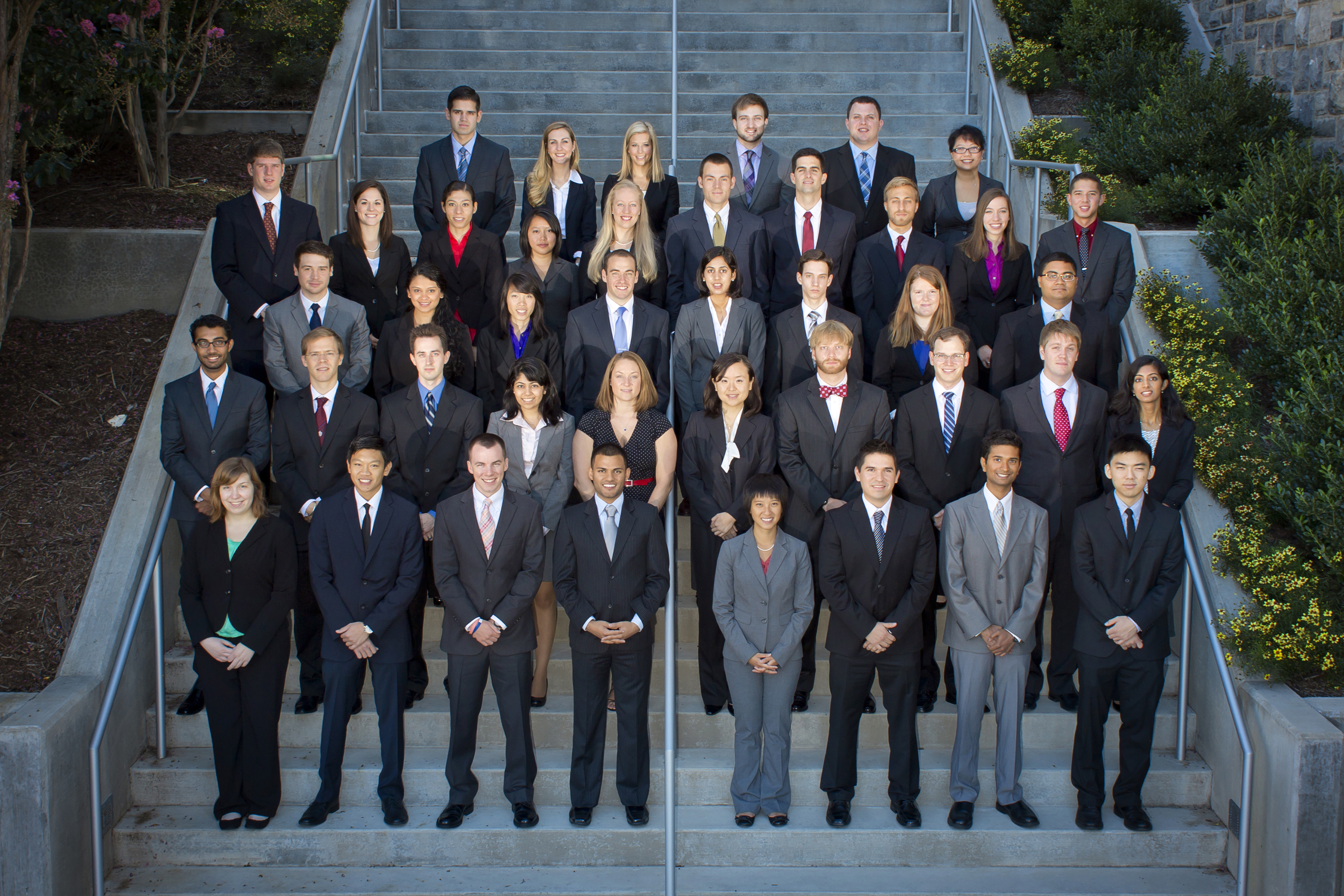Virginia Tech Carilion School of Medicine welcomes new class, reaches capacity

The Virginia Tech Carilion School of Medicine recently welcomed its fourth class and, in doing so, reached another milestone: full capacity.
“We are officially a full house,” Dean Cynda Johnson told the 42 new students in her welcome remarks. “You have the distinct honor of being the final founding students of this institution.”
The school opened its doors to its first class in August 2010. Members of that cohort will graduate next May.
“Over the next four years, you will have an educational experience grounded in unwavering inquiry, conscientious research, and exciting discovery, one that is set in an environment of interprofessionalism and cultural competency,” Johnson said.
Nearly 2,900 students applied to be part of the Class of 2017, and the school accepted less than 2 percent. The class is composed of 24 men and 18 women aged 22 to 31. Thirteen of the 42 incoming students have a graduate or postbaccalaureate degree, and more than half – 24 – of the class members come with exceptional research experience, almost double the number from the previous incoming class.
Research is one of the school’s four value domains. The other three are basic science, clinical science, and interprofessionalism, which allows the medical students to learn alongside students in other health care professions. Together, the value domains constitute a curriculum that sets the school apart from other medical schools across the country. Rather than learning passively, students interact with clinic patients from the start, and they analyze real-life cases in facilitator-guided, small-group discussions.
Kendall Hancock of Harrisonburg, Va., a first-year student, said she found the school’s unique curriculum appealing. “I’m looking forward to the challenge of the curriculum,” she said. “It will be difficult and rigorous, but I’m enthusiastic about diving in.”
The opportunity to work in teams was one of the reasons the school was the first choice for Kevin McGurk of Chicago, a first-year student at the school. “I was attracted by the small class size,” he said. “Because we’re a small group, I’m anticipating a lot of class cohesion in the next four years. It will be a great opportunity to work together. Plus, it’s exciting to be part of something new.”
The Class of 2017 completed undergraduate work at 27 institutions, including the College of William and Mary, Cornell University, Duke University, Georgetown University, Johns Hopkins University, McGill University, Ohio State University, Pennsylvania State University, the University of California at Berkeley, the University of California at Los Angeles, the University of Maryland, the University of Notre Dame, the University of Pennsylvania, the University of Virginia, Virginia Commonwealth University, and Virginia Tech.




